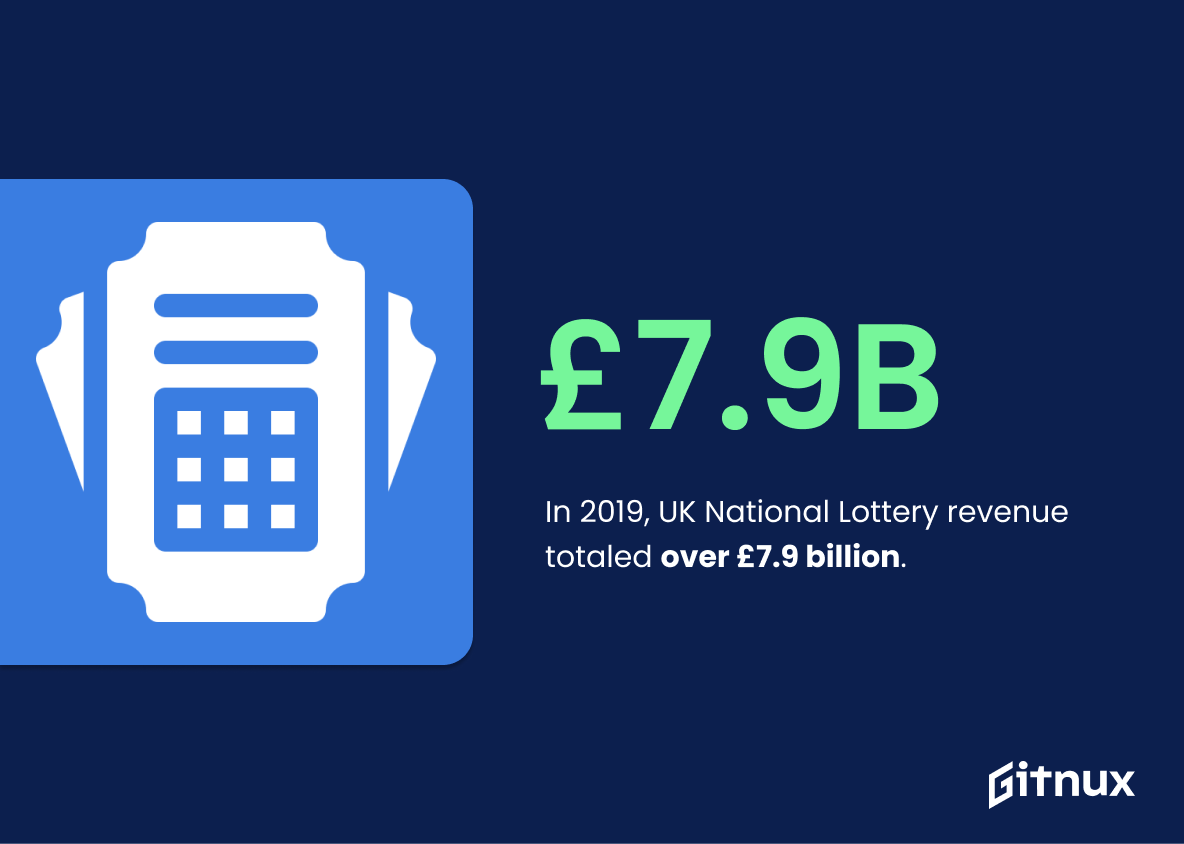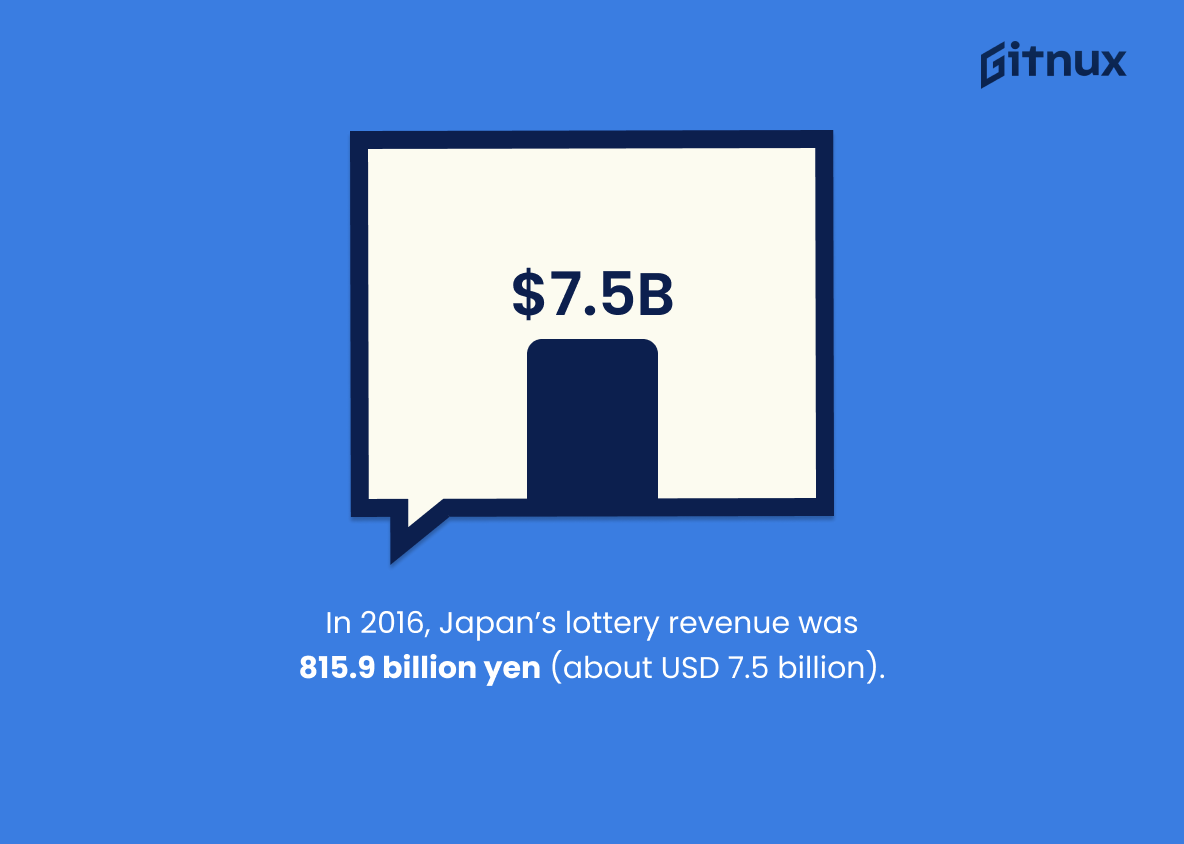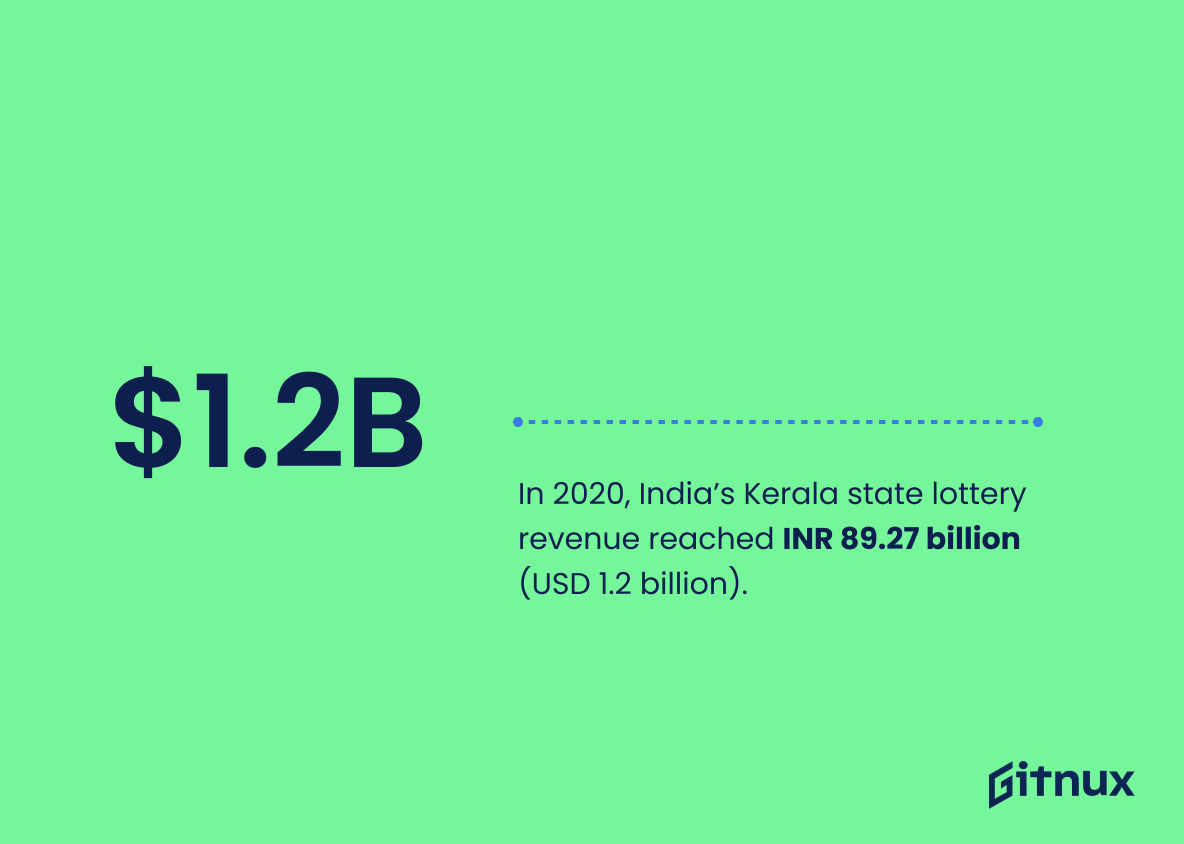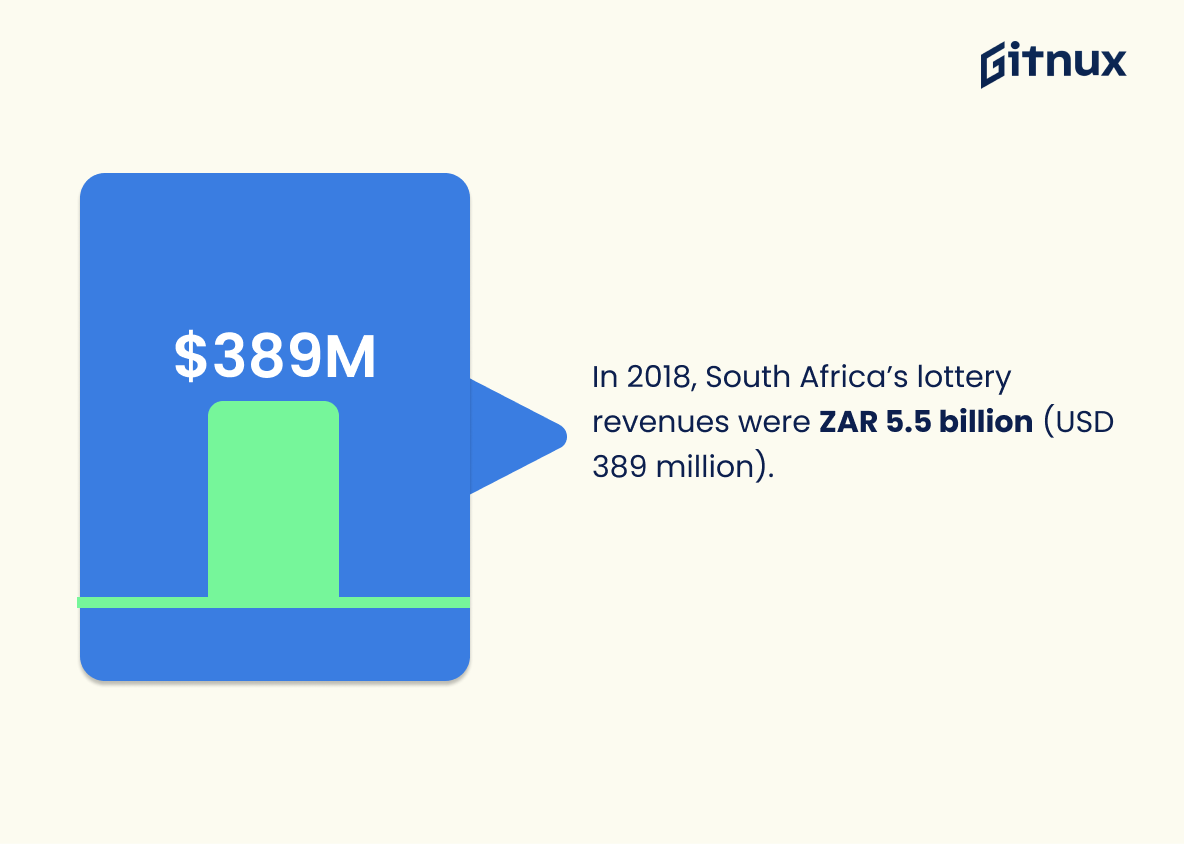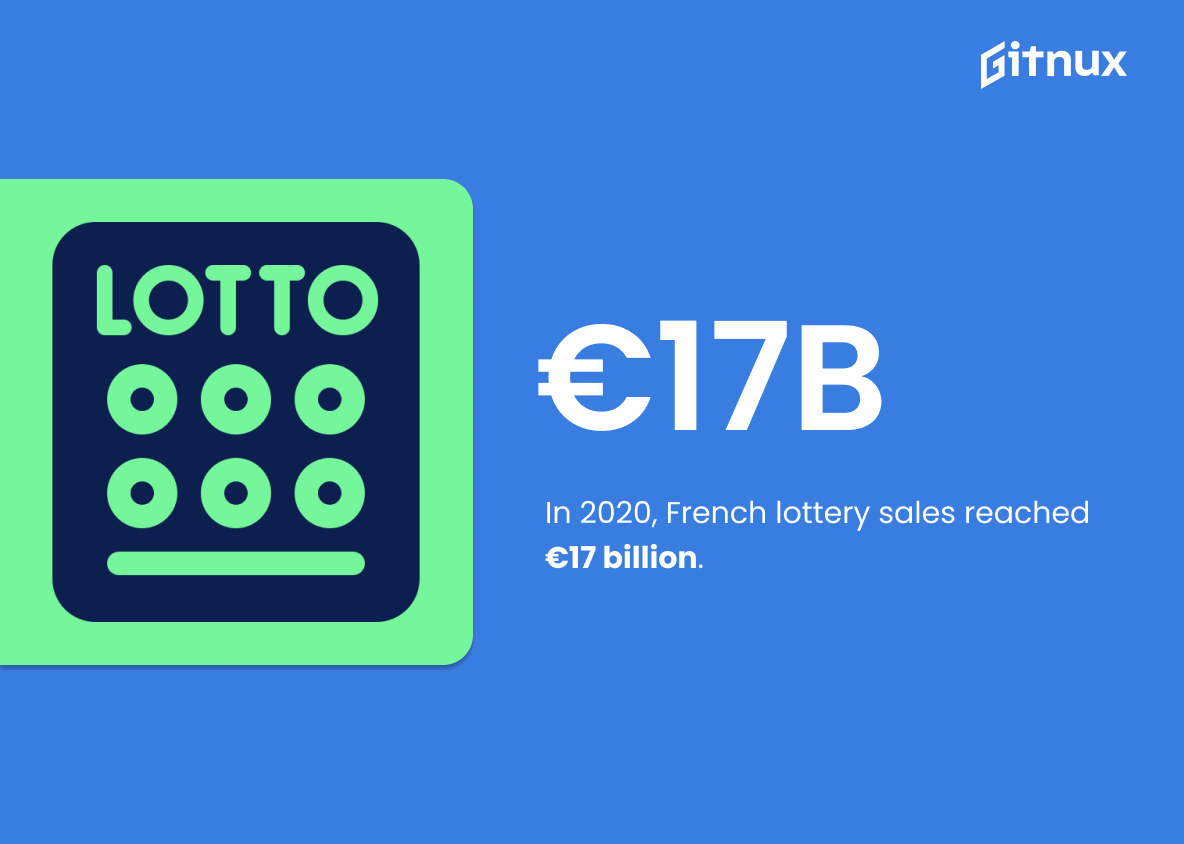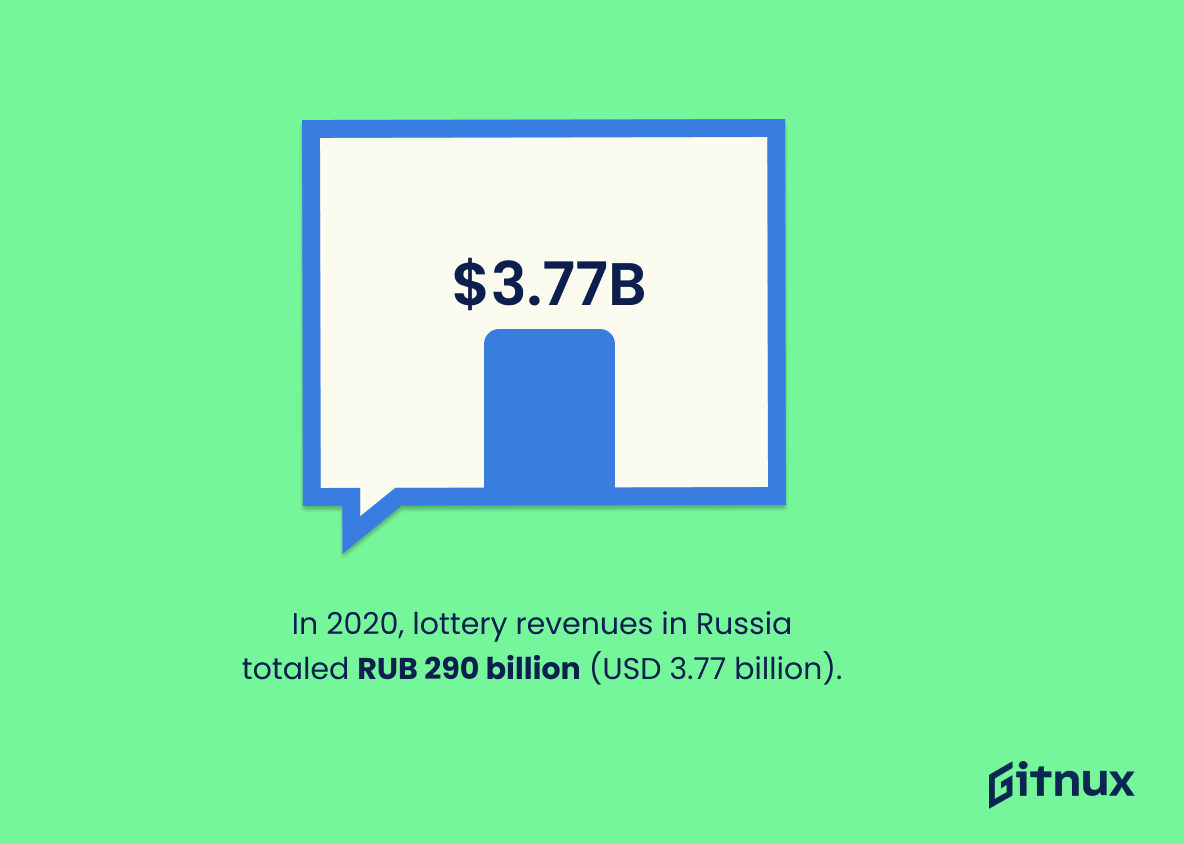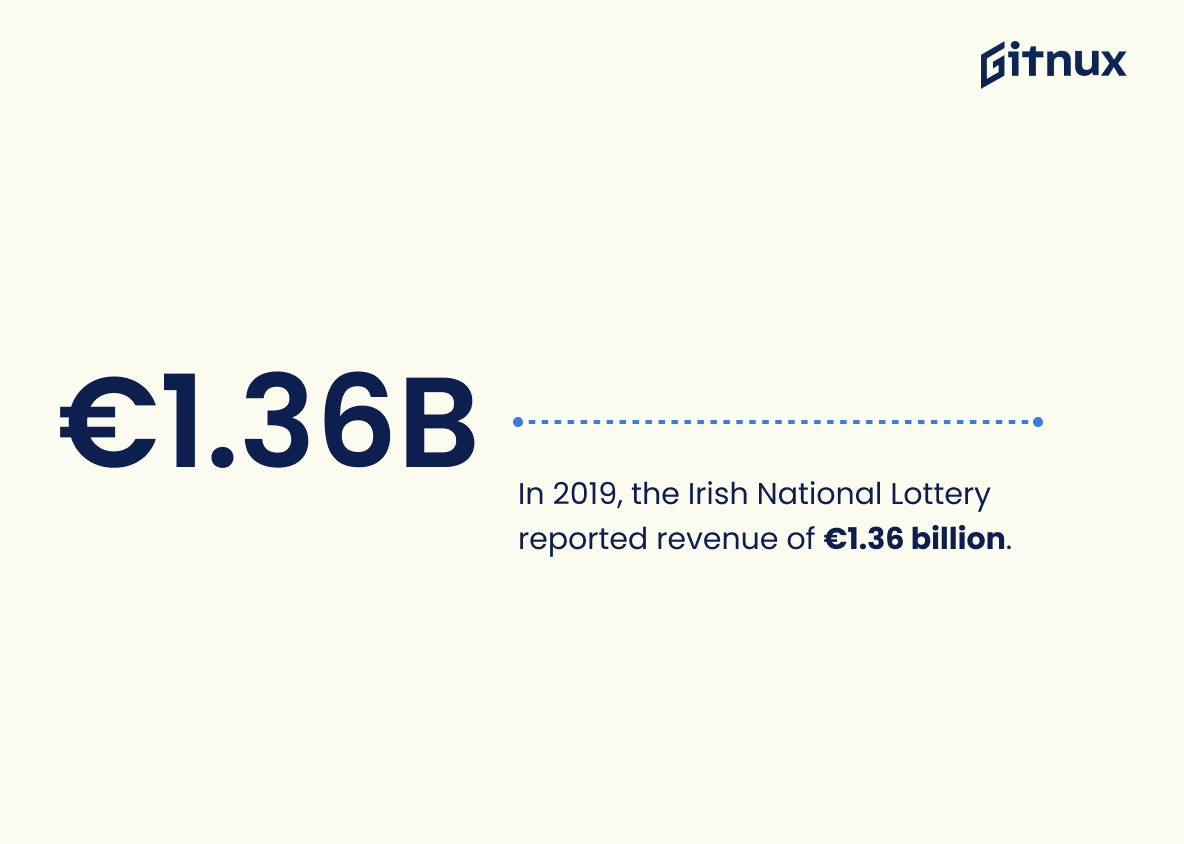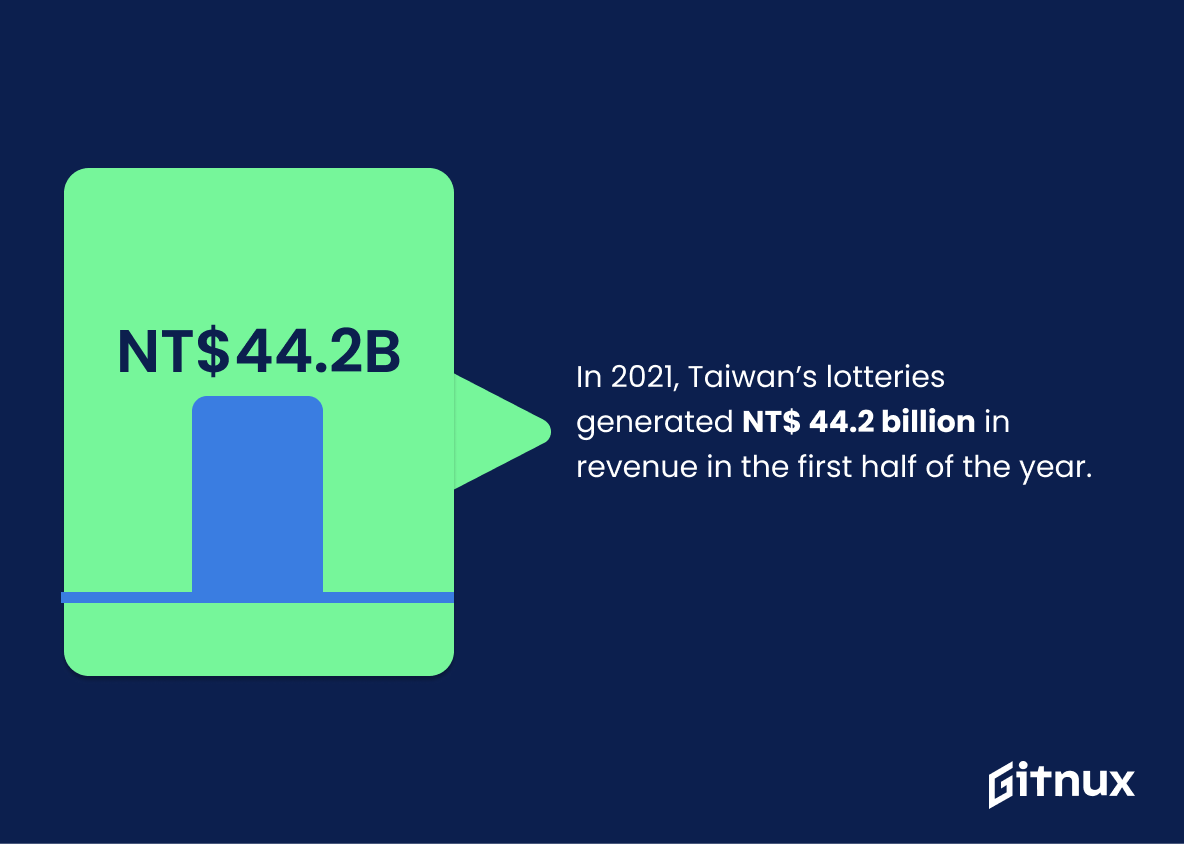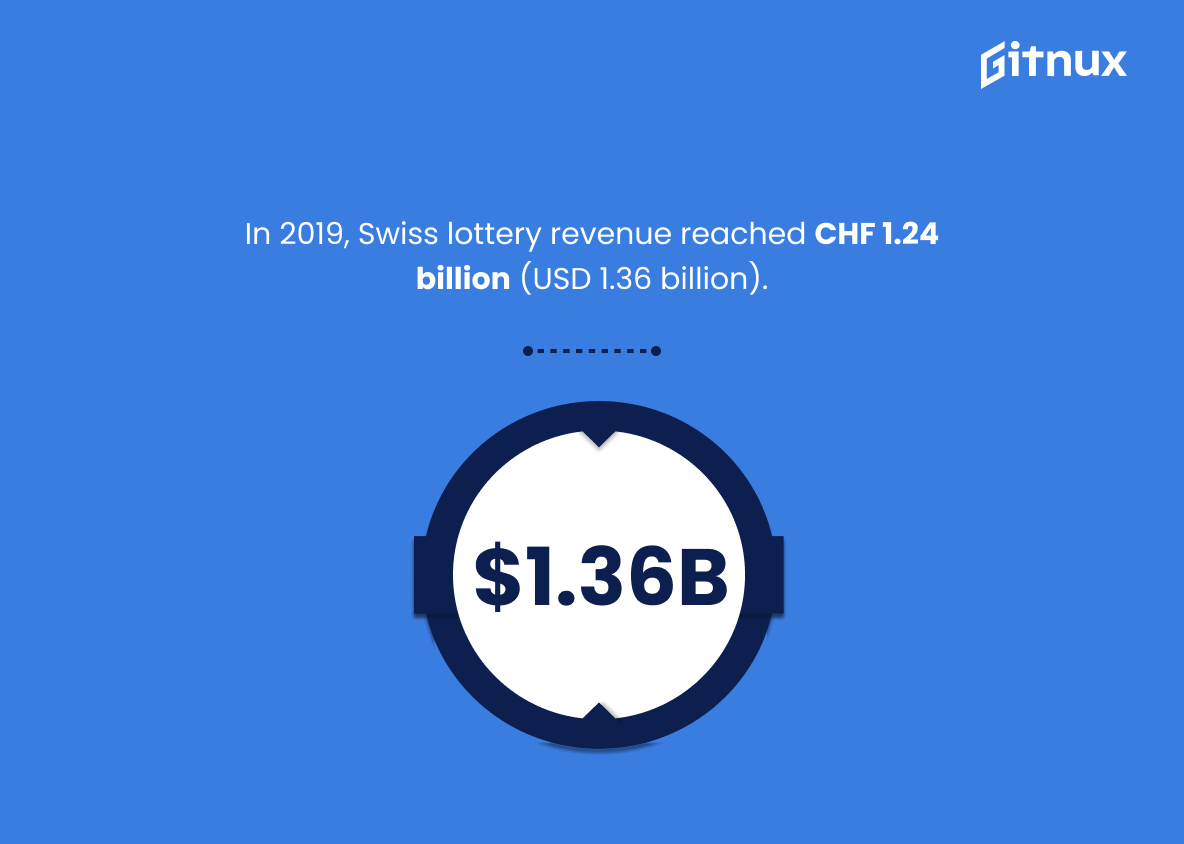Lotteries have been a popular form of gambling for centuries, and the revenues generated by lotteries around the world are staggering. In 2020 alone, US lottery sales totaled over $91 billion while China’s lottery sales reached an impressive $19.7 billion in just four months. The UK National Lottery reported revenue of £7.9 billion in 2019, and Canada saw CA$11.3 billion from its own lotteries that same year. Australia had total lottery sales of $6.34 AUD in 2020, European lotteries earned US$ 83 million in 2016, Brazil’s lottery revenues were BRL 16.7 (US$ 4)billion last year and Italy surpassed €8 million with their own national lotto system also during 2019 . Japan’s annual revenue was 815 yen (USD 7-5) back in 2016; New York state made 9-23 USD billions off their tickets sold 2017; India’s Kerala State Lottery brought 8927 crore INR (1-2 USD billions); South Africa 5500 ZAR millions or 389 USD millions 2018; Spain 2240 EURO Millions El Gordo Christmas Lotto 2019 ; France 17000 EURO Millions 2020 ; Mexico 14% increase compared to previous years’ ticket sale income – all these countries having one thing common: they generate huge amounts of money through selling different types of lottos. This blog post will explore some interesting statistics about global lottery revenue across various countries including the United States, China, United Kingdom ,Canada ,Australia ,Europe ,Brazil India Russia Taiwan Switzerland Ireland Mexico & France
Lottery Revenue Statistics Overview
In 2019, UK National Lottery revenue totaled over £7.9 billion.
This statistic is a testament to the immense popularity of the UK National Lottery. It shows that the lottery is a major source of revenue for the country, and that it is a beloved pastime for many people. It also serves as a reminder of the potential rewards that can be won by playing the lottery.
In 2016, Japan’s lottery revenue was 815.9 billion yen (about USD 7.5 billion).
This statistic is a testament to the immense popularity of lotteries in Japan. It shows that the lottery is a major source of revenue for the country, with a staggering 815.9 billion yen (about USD 7.5 billion) being generated in 2016 alone. This is a clear indication that the lottery is a major part of the Japanese economy and culture.
In 2020, India’s Kerala state lottery revenue reached INR 89.27 billion (USD 1.2 billion).
This statistic is a testament to the immense success of the Kerala state lottery in India. It highlights the fact that lottery revenue in India is a booming industry, with INR 89.27 billion (USD 1.2 billion) being generated in 2020 alone. This statistic is a clear indication that lottery revenue is a lucrative source of income for the state, and it is likely to continue to grow in the future.
In 2018, South Africa’s lottery revenues were ZAR 5.5 billion (USD 389 million).
This statistic is a testament to the immense popularity of lotteries in South Africa, with ZAR 5.5 billion (USD 389 million) in revenue generated in 2018 alone. It is a clear indication that lotteries are a major source of income for the country, and that the industry is thriving. This statistic is an important piece of information for anyone interested in learning more about lottery revenue statistics.
In 2019, Spain’s Christmas Lottery (El Gordo) generated revenue of €2.24 billion.
This statistic is a testament to the immense popularity of Spain’s Christmas Lottery (El Gordo). It demonstrates the immense financial success of the lottery, with €2.24 billion in revenue generated in 2019 alone. This statistic is a powerful reminder of the potential for lottery games to generate significant revenue for the country.
In 2020, French lottery sales reached €17 billion.
This statistic is a testament to the immense popularity of the French lottery, demonstrating the immense amount of revenue it has generated in 2020. It is a clear indication of the lottery’s success and its ability to draw in a large number of players. This statistic is an important piece of information for anyone interested in lottery revenue statistics, as it provides a valuable insight into the financial success of the French lottery.
In 2020, lottery revenues in Russia totaled RUB 290 billion (USD 3.77 billion).
This statistic is a testament to the immense popularity of lotteries in Russia. It shows that the lottery industry is thriving in the country, generating a substantial amount of revenue for the government. This statistic is also a great indicator of the potential for growth in the lottery industry in Russia, as it demonstrates that there is a large and engaged audience for lottery games. This statistic is an important piece of information for anyone interested in the lottery industry in Russia, as it provides a valuable insight into the current state of the industry.
In 2019, the Irish National Lottery reported revenue of €1.36 billion.
This statistic is a testament to the immense success of the Irish National Lottery in 2019. It demonstrates the sheer amount of money that was generated by the lottery, and the impact it had on the Irish economy. It also serves as a reminder of the potential for lottery revenue to be a major source of income for the country.
In 2021, Taiwan’s lotteries generated NT$ 44.2 billion in revenue in the first half of the year.
This statistic is a testament to the immense success of Taiwan’s lottery system in the first half of 2021. It highlights the impressive amount of revenue generated by the lottery system, demonstrating its potential to be a major source of income for the country. This statistic is an important indicator of the strength of the lottery system and its ability to generate significant revenue for Taiwan.
In 2019, Swiss lottery revenue reached CHF 1.24 billion (USD 1.36 billion).
This statistic is a testament to the immense popularity of the Swiss lottery, with revenue reaching an impressive CHF 1.24 billion (USD 1.36 billion) in 2019. It is a clear indication that the lottery is a major source of income for the country, and a key factor in its economic success.
Conclusion
The global lottery industry is a multi-billion dollar business, with total sales in 2020 reaching over $91 billion. In the United States alone, average Americans spent an estimated $288 annually on lottery tickets in 2019. China’s lottery sales reached nearly $20 billion during the first four months of 2021 and UK National Lottery revenue totaled over £7.9 billion in 2019. Canada reported CA$11.3 billion in lottery revenue for that same year while Australia saw its own record high at AU$6.34 million for 2020 revenues from lotteries sold there.
In Europe as a whole, 2016 was a banner year with US$83.3 billion generated by European lotteries combined; Brazil followed suit later that same year when their own national lotto earned BRL 16/7 (US$4) billions; Italy had €8/5 (USD 9/2) billions to show off from their respective lottos come 2019; Japan’s 815/9 yen (USD 7/5) came out of 2017’s coffers and New York state made USD 923 millions through theirs back then too – India’s Kerala State Lottery brought home INR 8927 crores or 1 point 2 American dollars last year while South Africa got ZAR 5500 millions worth of ticket purchases 2018 onwards – Spain hit it big time Christmas Day ‘19 when El Gordo raked up €22400 million euros and France topped all other countries this past December having collected 17000 million euro just within one calendar month. Mexico also experienced 14% growth compared to previous years’ earnings whilst Russia pulled 290 rubles or 3 point 77 American bucks outta thin air last summertime… Ireland took home 1360 Euros midyear ’19 whereas Taiwan 44200 NT Dollars were pocketed H1 2021. Switzerland rounded things off nicely end o’the day 19th June havin’ banked 1240 Swiss Francs which translates into 1360 greenbacks USA style.
All these figures are proof positive that people around the world love playing the odds no matter what form they take: be it scratch cards, bingo games or traditional draw numbers – we can only hope our luck holds true so long as we keep buying those lucky tickets.
References
0. – https://www.english.mathrubhumi.com
1. – https://www.www.swisslos.ch
2. – https://www.www.lottery.ie
3. – https://www.businesstech.co.za
4. – https://www.www.reuters.com
5. – https://www.www.taiwannews.com.tw
6. – https://www.www.statista.com
7. – https://www.www.gamingpost.ca
8. – https://www.www.japantimes.co.jp
9. – https://www.gamblingcompliance.com
